Description: You may not have heard of micro plastics. These tiny bits – less than a fifth of an inch long – float around in the air of our major cities, cast off from the ubiquitous plastic we see daily. In an effort to find out how far these particles might drift, researchers visited snow fields in the Pyrenees in France. The shocking finding: each square meter received 365 micro particles per day. Ouch.
Date: April 15, 2019
Source: wired.com
Discussion points:
1) What did you find was the most surprising statement in this article from Wired?
2) If you were advising a company that was trying to audit the impact of its plastic pollution as part of its sustainable development strategy, what might be some of the audit procedures you could suggest?
3) In the vignette at the start of chapter four of Wiley’s Financial Accounting: Tools for Business Decision-Making you can read a bit about accounting practices in a major Canadian university. If a university researcher received a grant to study something like plastic pollution, how would the university treat any grant funds received that had not yet been expended by the researcher?

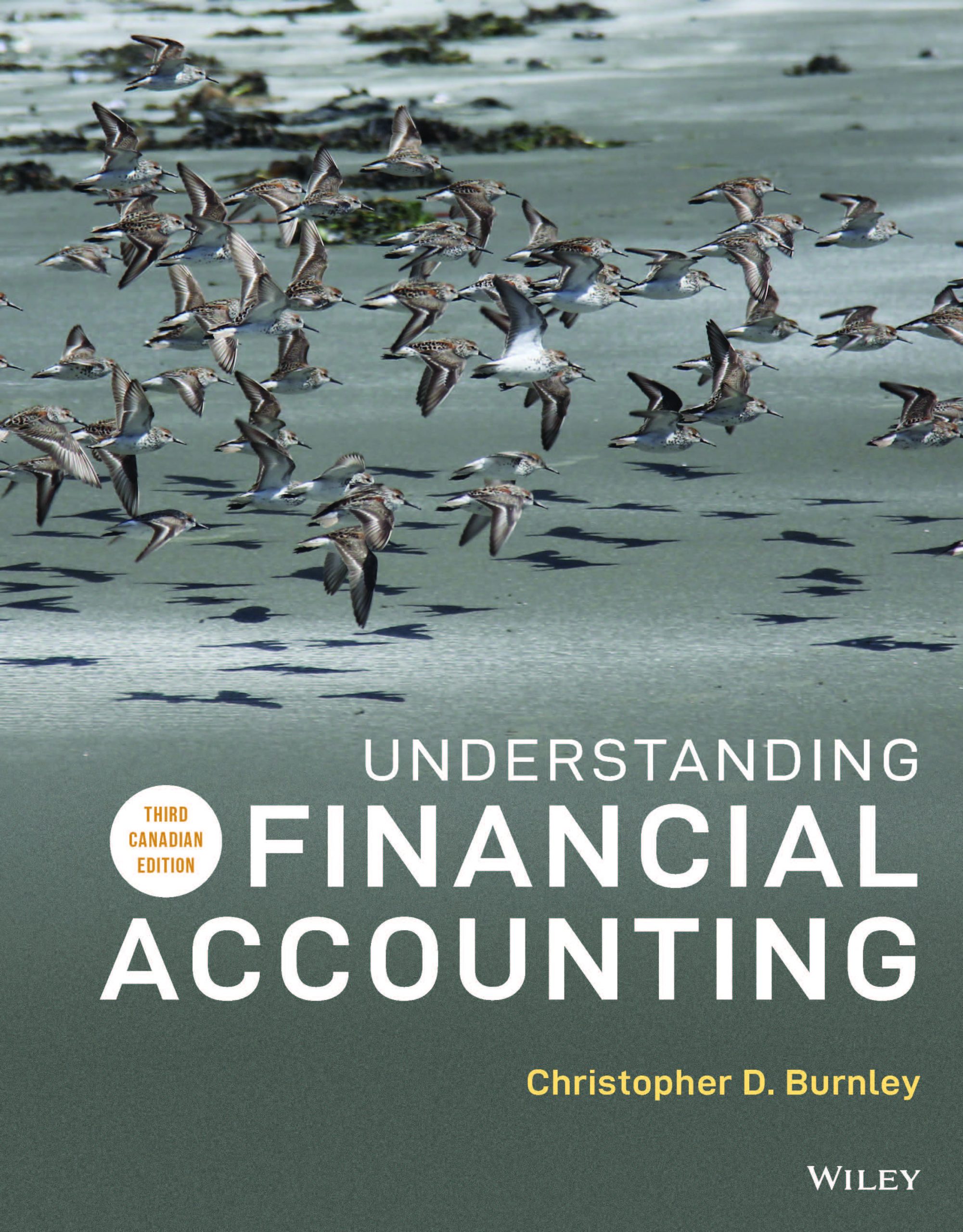
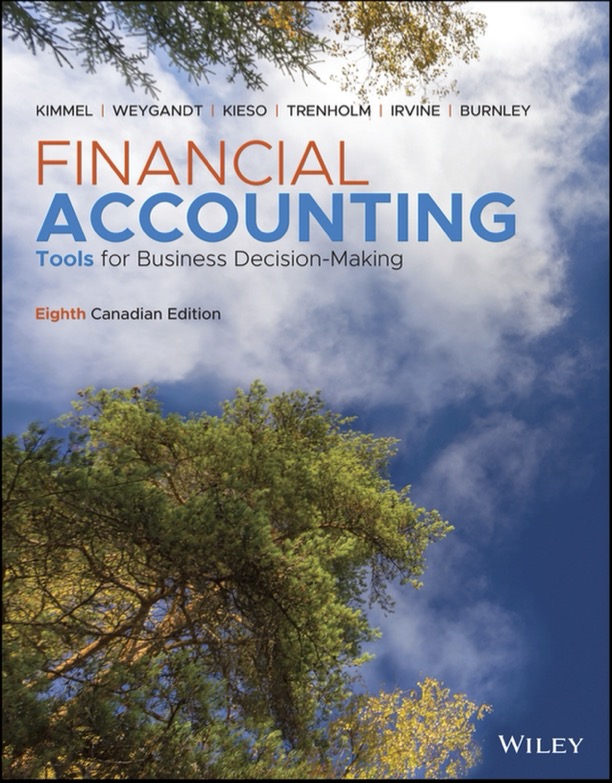
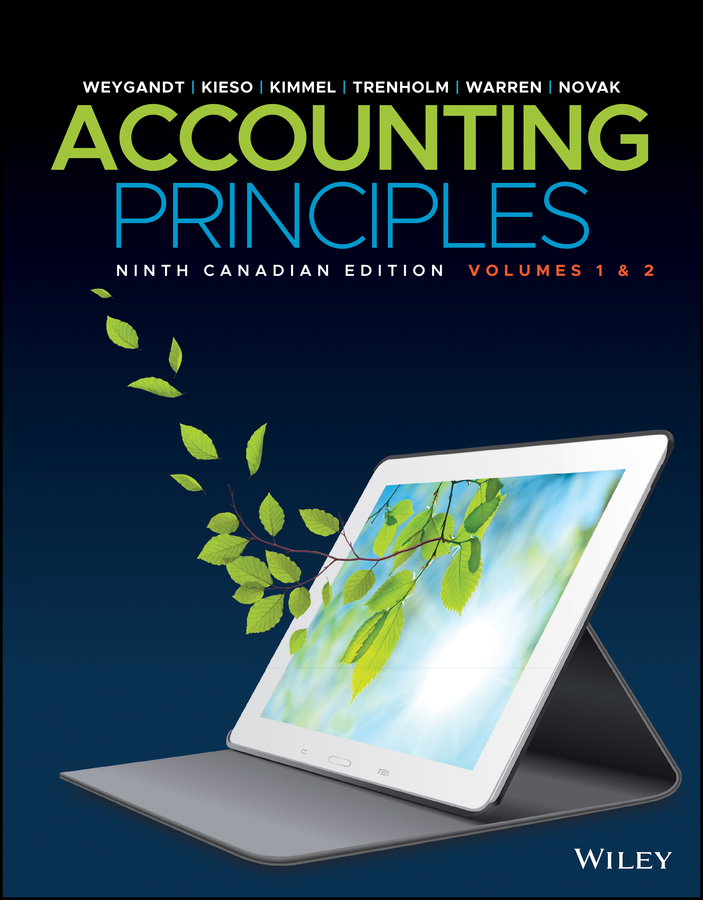

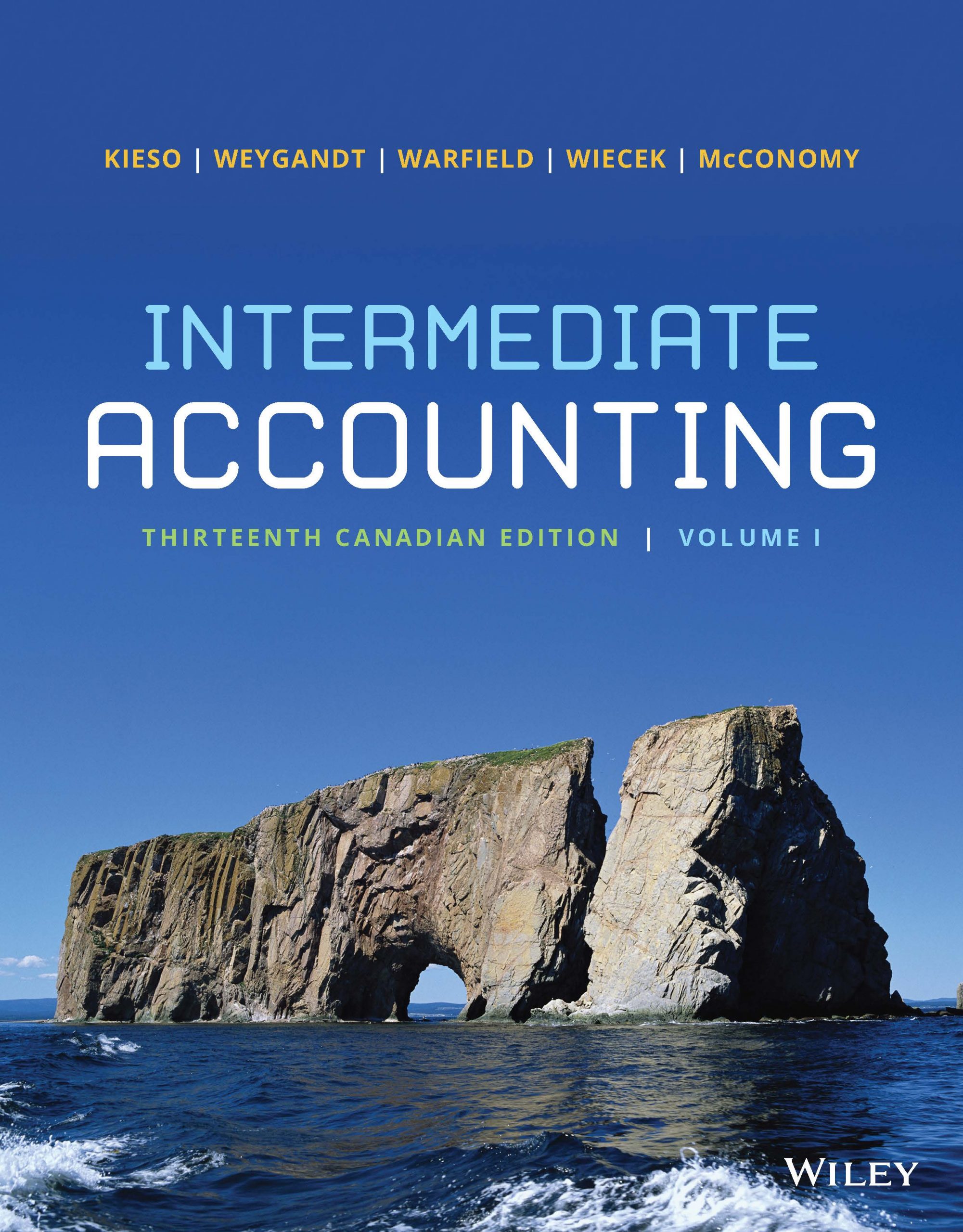
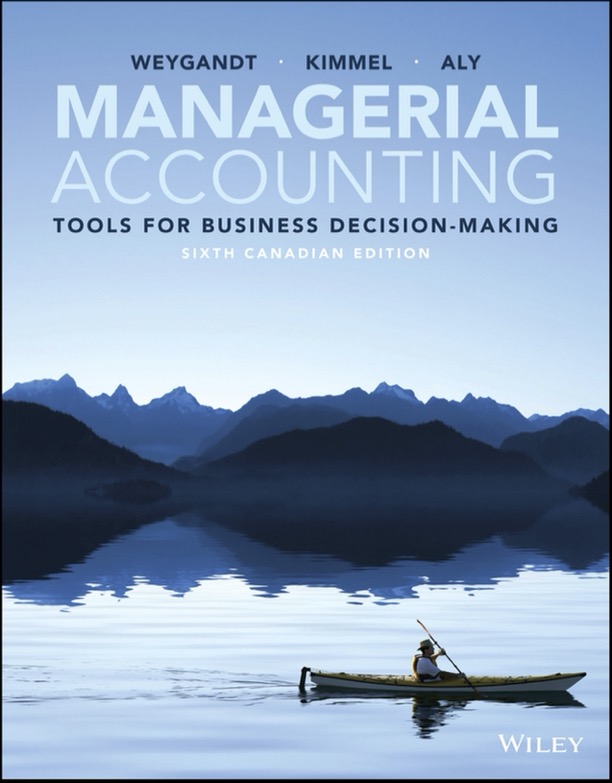


Leave a Reply